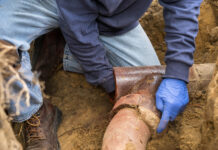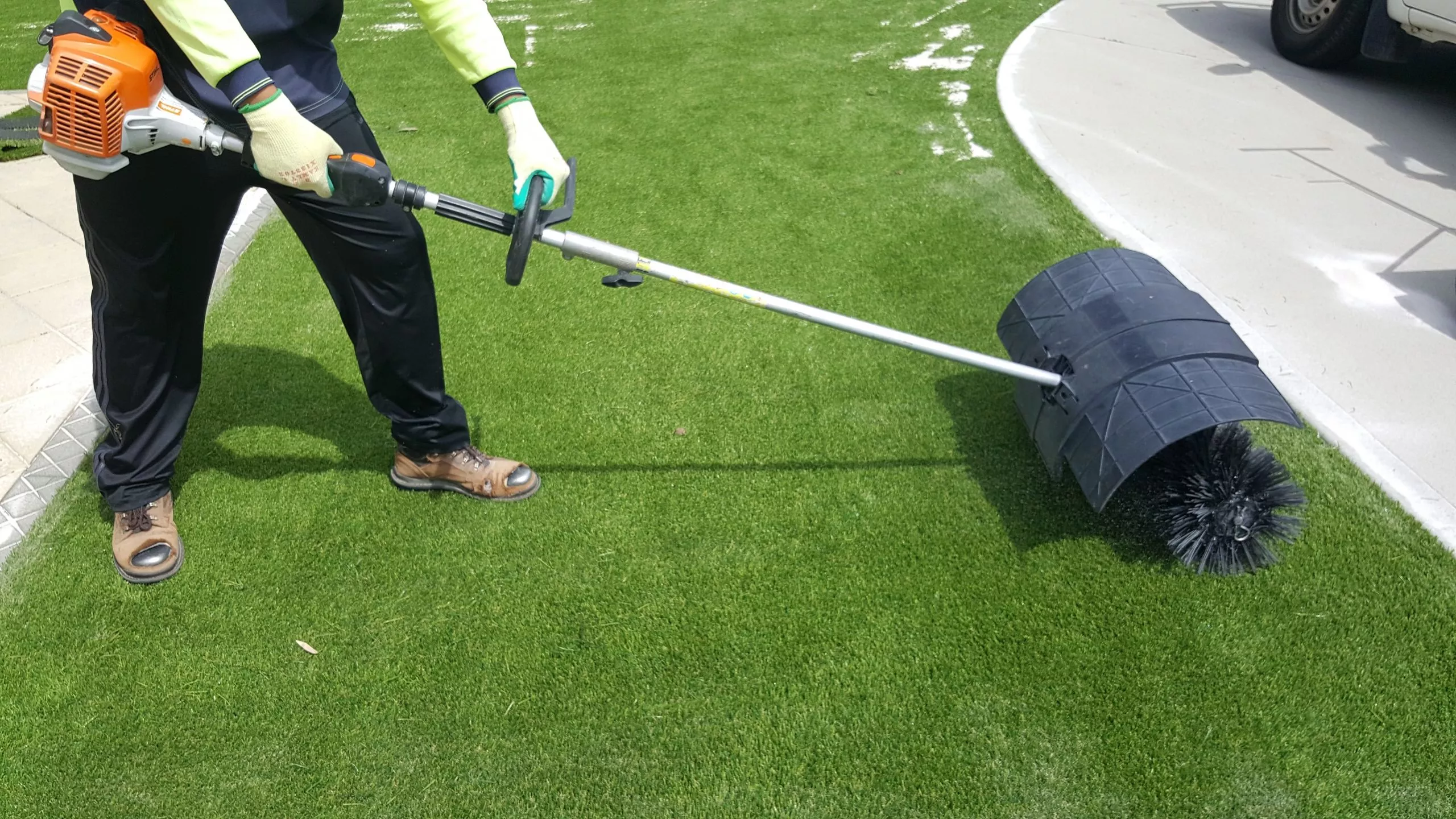
Artificial turf is a synthetic grass that is manufactured to look and feel like natural grass. It is commonly used in sports fields, golf courses, and residential lawns. Artificial turf is made from a variety of materials, including nylon, polyethylene, and polypropylene. Unlike natural grass, artificial turf does not require sunlight or water to maintain its appearance. However, it does need to be regularly cleaned and brushed to prevent the build-up of dirt and debris. Whether you have a SmartGrass artificial turf installation or another brand, regular maintenance is important to keep it looking its best. Here are some tips on how to care for your artificial grass:
– Remove debris such as leaves and twigs on a regular basis. A leaf blower or a rake can be used to make this task easier.
– Brush the turf in different directions using a power brush or broom.
– Use a garden hose to rinse off the surface of the turf. If there is any staining, use a mild detergent and water solution to spot clean.
– In the event of heavy soiling, you may need to hire a professional cleaning company or you may also employ a turf revitalizer to keep the blades looking fresh and green.
– Have your artificial turf inspected annually by certified technicians.
By following these simple tips, you can keep your artificial turf looking its best for years to come.
Getting Rid of Bad Odour From Your Artificial Grass
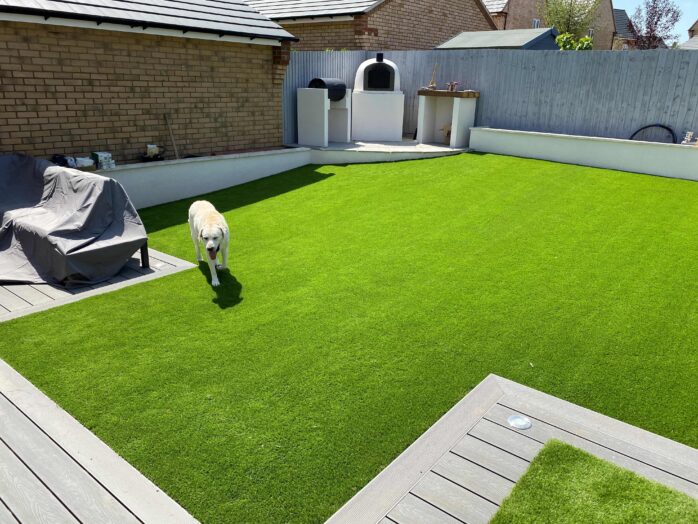
Artificial grass not only looks good, but it also makes your home smell fresh and natural. It is a popular choice for many homeowners because it is low maintenance and looks great all year round. However, sometimes your artificial grass can start to smell bad. This is usually caused by bacteria and fungi build-up, which can occur if the grass is not cleaned properly or if there is a lot of foot traffic. Luckily, there are a few simple things you can do to get rid of bad odour from your artificial grass.
First, make sure that you clean the grass regularly with a mild soap and warm water solution. This will help to remove any build-up of dirt and debris that could be causing the problem. You can also try sprinkling baking soda or vinegar on the grass, as these natural substances can help to break down odours. You should also try to keep the grass as dry as possible, as damp conditions are ideal for bacteria growth. Finally, you can apply a layer of silica sand or grit to the surface of the grass, which will help to absorb any bad smells.
If the problem persists, you may need to replace the affected area of grass. However, with a bit of care and attention, you should be able to keep your artificial grass smelling fresh all year round.
Keeping Weeds from Your Artificial Grass
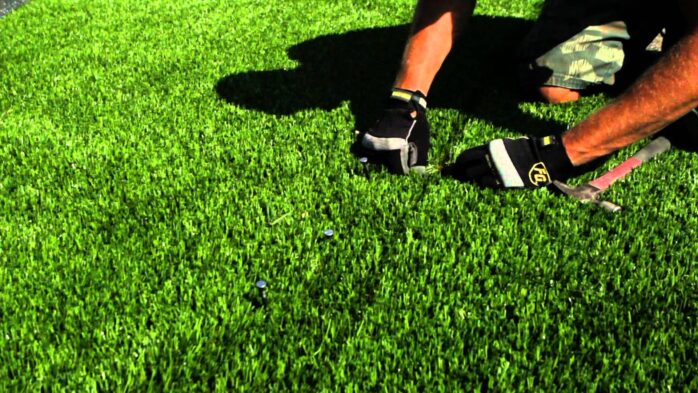
Weeds can be a nuisance in any garden, but they can be especially problematic in artificial turf. Not only do they detract from the pristine look of your lawn, but they can also cause the grass to loosen and come up. Since artificial grass is made of synthetic materials, it doesn’t break down like organic turf, so weeds can’t simply be pulled up by the roots. Additionally, weeds can spread quickly through an artificial lawn, and they can be difficult to spot among the blades of grass. Fortunately, there are a few steps you can take to prevent weeds from taking over your artificial turf.
First, use a pre-emergent herbicide. This type of herbicide prevents weed seeds from germinating, so it’s an ideal solution for stopping weeds before they start. Another option is to use a post-emergent herbicide, which will kill existing weeds. However, it’s important to choose a product that’s specifically designed for use on artificial turf, as some herbicides can damage the synthetic grass fibers.
Second, make sure to choose a high-quality turf that has a dense weave. This will make it harder for weed seeds to take hold.
Finally, keep the area around your turf well-groomed and free of debris. This will create a barrier that will discourage weed growth.
By following these simple steps, you can enjoy a beautiful and weed-free artificial lawn.
Treating Spills and Stains on Artificial Grass
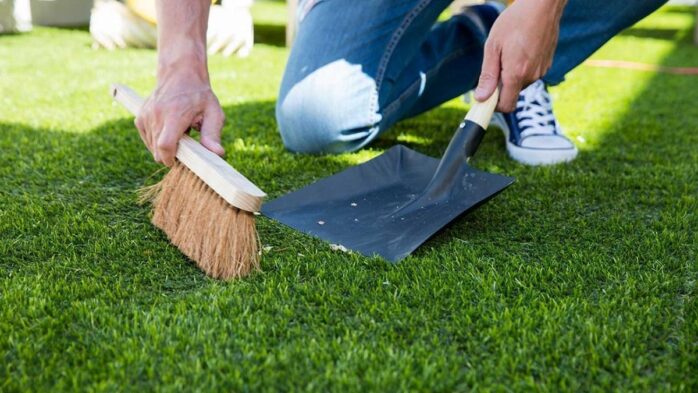
When it comes to spills and stains on artificial grass, prompt treatment is key. The sooner you deal with the problem, the less likely it is to cause lasting damage. Here are some basic tips for treating common spills and stains:
– For oil and grease stains such as grease or motor oil, blot up the excess with a paper towel and then treat the area with a solution of one part dish soap and two parts warm water. Let the solution soak in for a few minutes before blotting it up again. You may need to repeat this process several times. You may also use a degreaser or mineral spirits to remove the stain. Just make sure to test the degreaser on a small area of the grass first to ensure that it does not damage or discolor the materials.
– For tar-based stains such as from chewing gum or asphalt, use a putty knife to scrape off as much of the spill as possible. Once most of the spill has been removed, treat the area with a commercial carpet cleaner or a detergent solution.
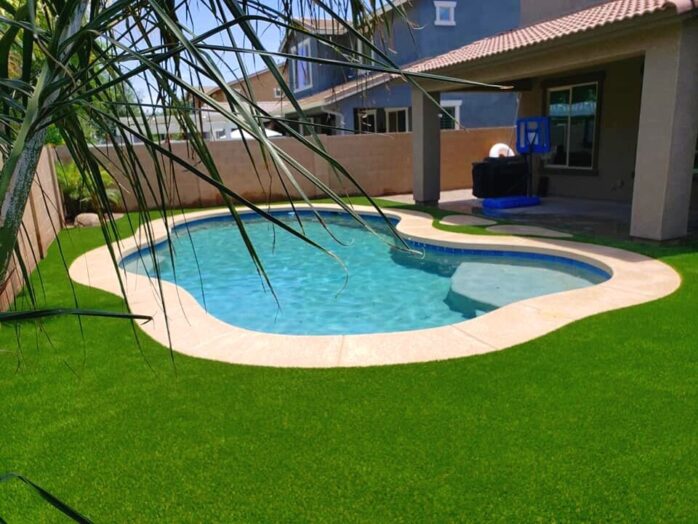
– For food and drink spills, simply remove any solids with a paper towel and then blot up the liquid with another paper towel. If the stain persists, you can treat it with a solution of one part vinegar and two parts water. Let the solution soak in for a few minutes before blotting it up again. You may also treat the area with a mild detergent solution and rinse thoroughly. Repeat this process until the stain is no longer visible.
– For paint or other kinds of hardened stains, you’ll need to scrape away as much of the material as possible before treating the area with a solution of one part dish soap and two parts warm water. Let the solution soak in for a few minutes before blotting it up again. You may need to repeat this process several times.
For other tough stains, contact a professional cleaning service for assistance. They will have the proper tools and solutions to safely remove even the toughest stains without damaging your artificial grass.


